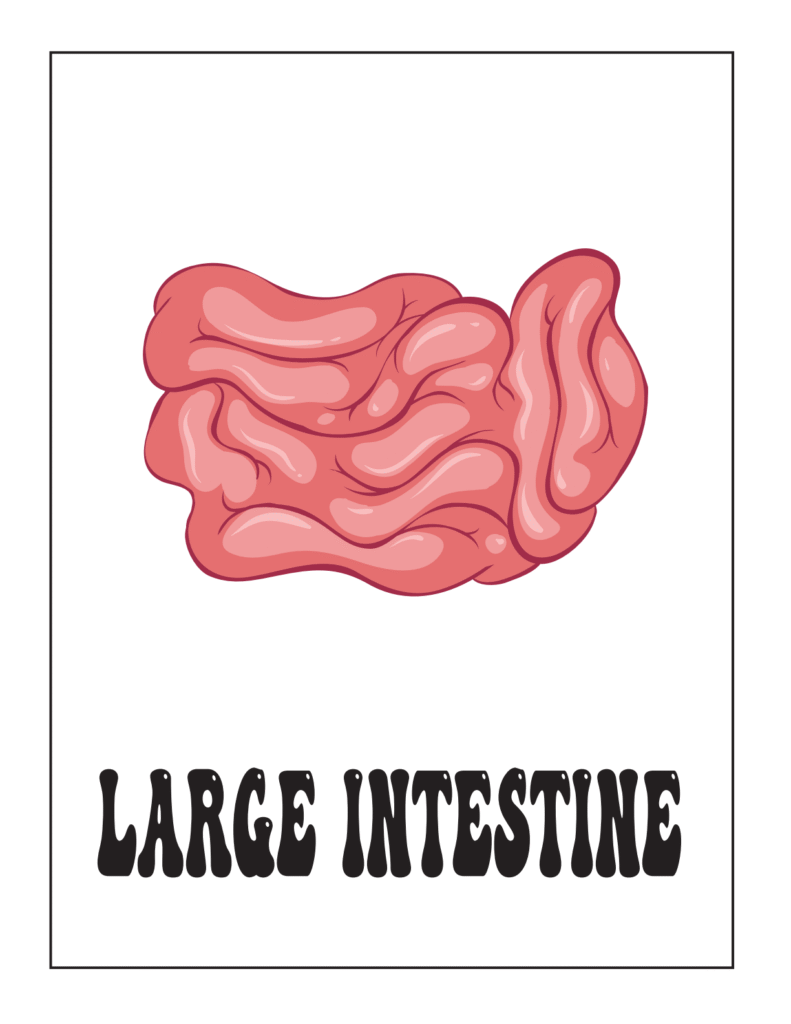Understanding our bodies is one of the most exciting topics for young learners. At the kindergarten level, teaching human body systems can be both fun and educational when presented in simple, visual, and interactive ways. A complete PDF resource can help teachers and parents explain how the body works while keeping children engaged. By introducing each system step by step, kids can build a foundation of knowledge that inspires curiosity about science and health.
Why Teach Human Body Systems in Kindergarten?
At an early age, children are curious about how their bodies move, breathe, and grow. Teaching human body systems in kindergarten helps them connect everyday experiences to real scientific concepts. This foundation develops awareness of health, hygiene, and self-care.

The Skeletal System: Our Body’s Framework
Bones give the body structure and protection. When children learn that the skeletal system helps them stand tall and keeps vital organs safe, they can understand why eating healthy foods and exercising is important.
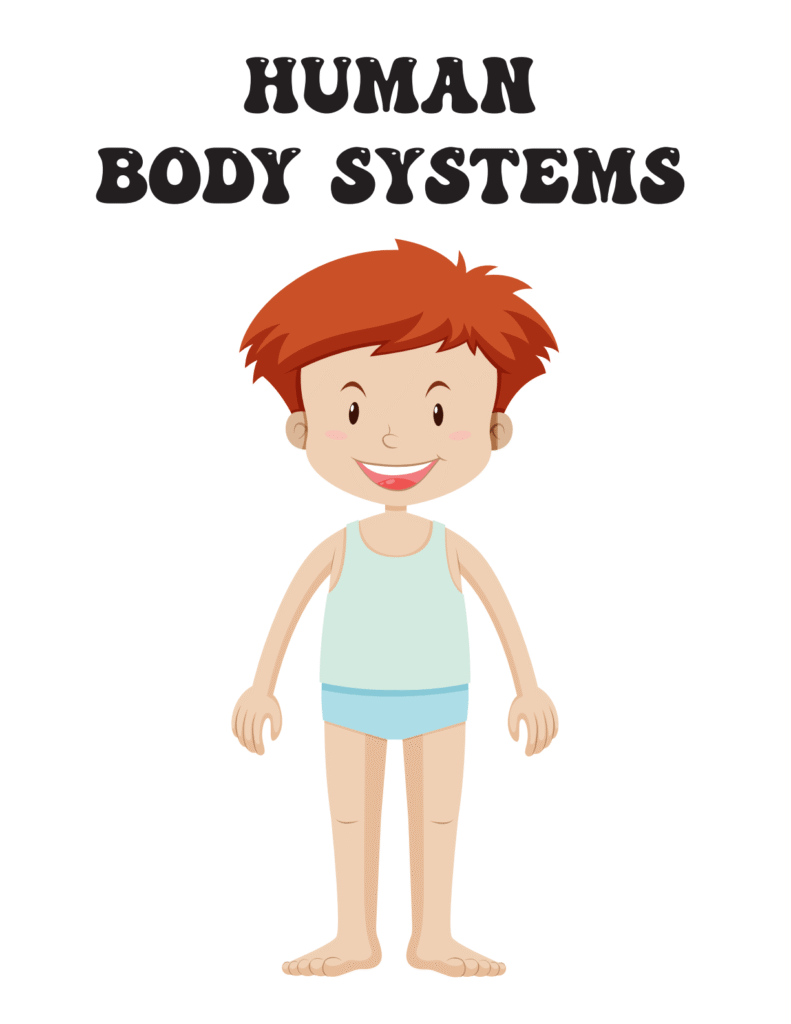
Human Body Systems: The Muscular System: Movement and Strength
Muscles work together with bones to help us move, run, and play. In a kindergarten lesson, simple movements like stretching or jumping can show how the muscular system functions. Kids quickly learn that muscles are what make them strong and active.
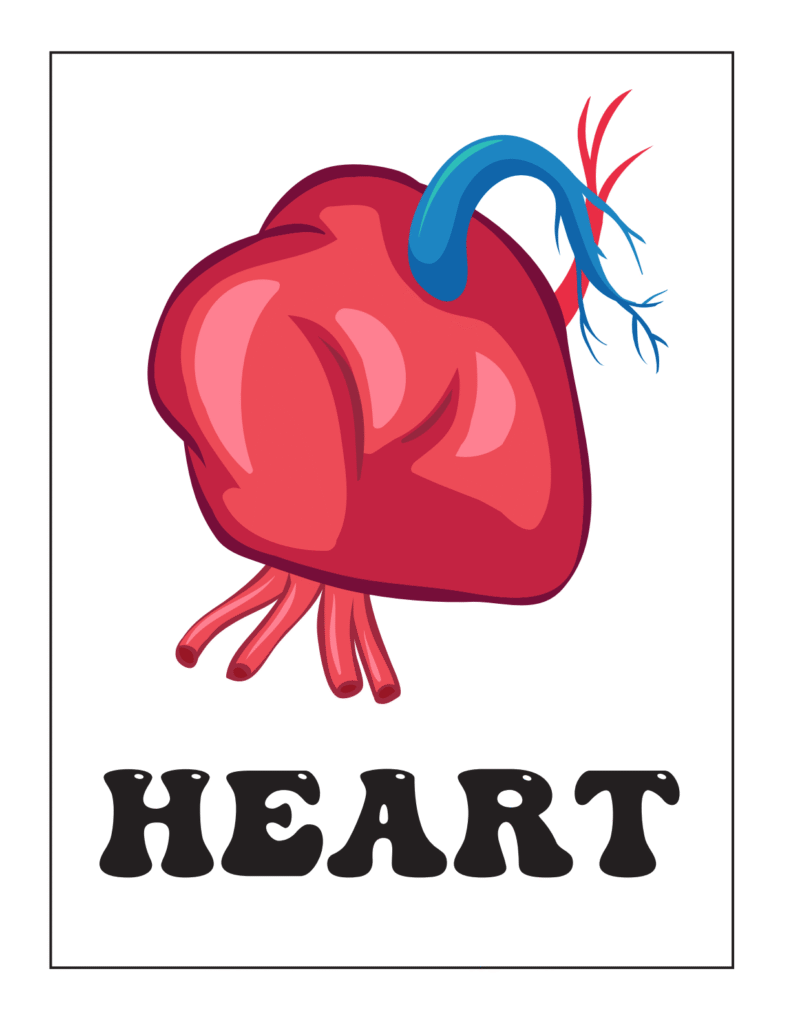
Human Body Systems: The Circulatory System
The circulatory system introduces the idea that the heart is like a pump. Explaining how blood travels around the body helps children understand why they feel their heartbeat after running. This is an engaging way to connect science with real-life experiences.
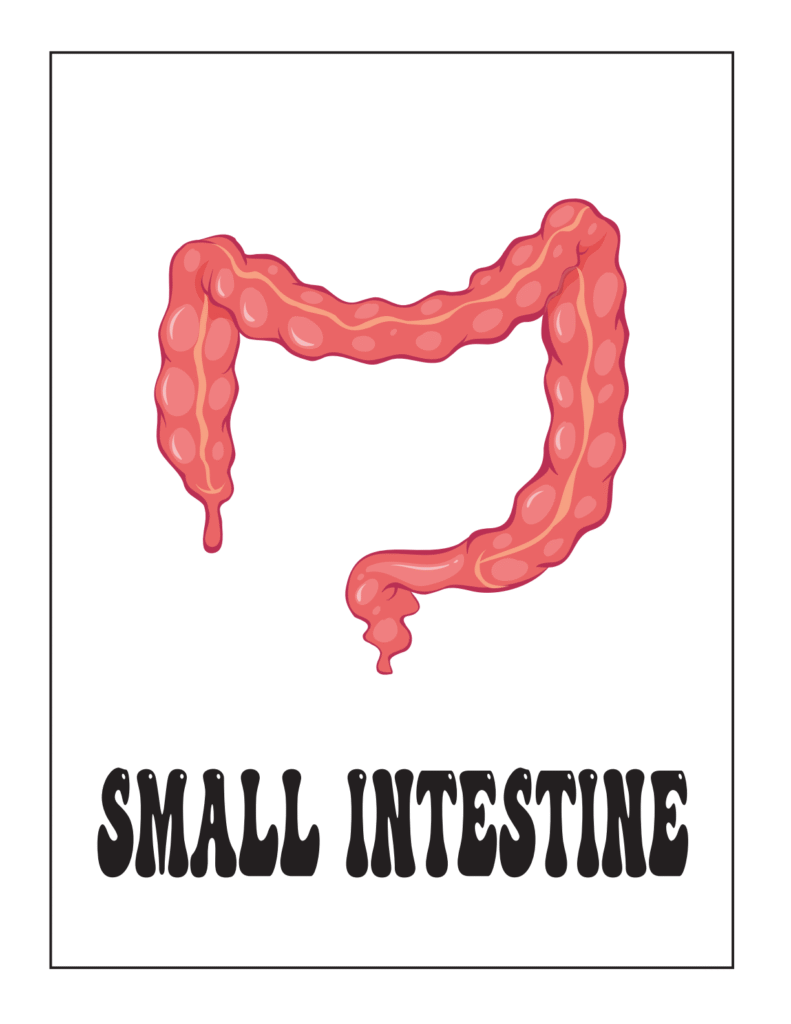
Human Body Systems: The Respiratory System
The respiratory system explains how we breathe in oxygen and breathe out carbon dioxide. A simple activity like taking a deep breath or blowing up a balloon shows kindergarteners how this system keeps us alive and full of energy.
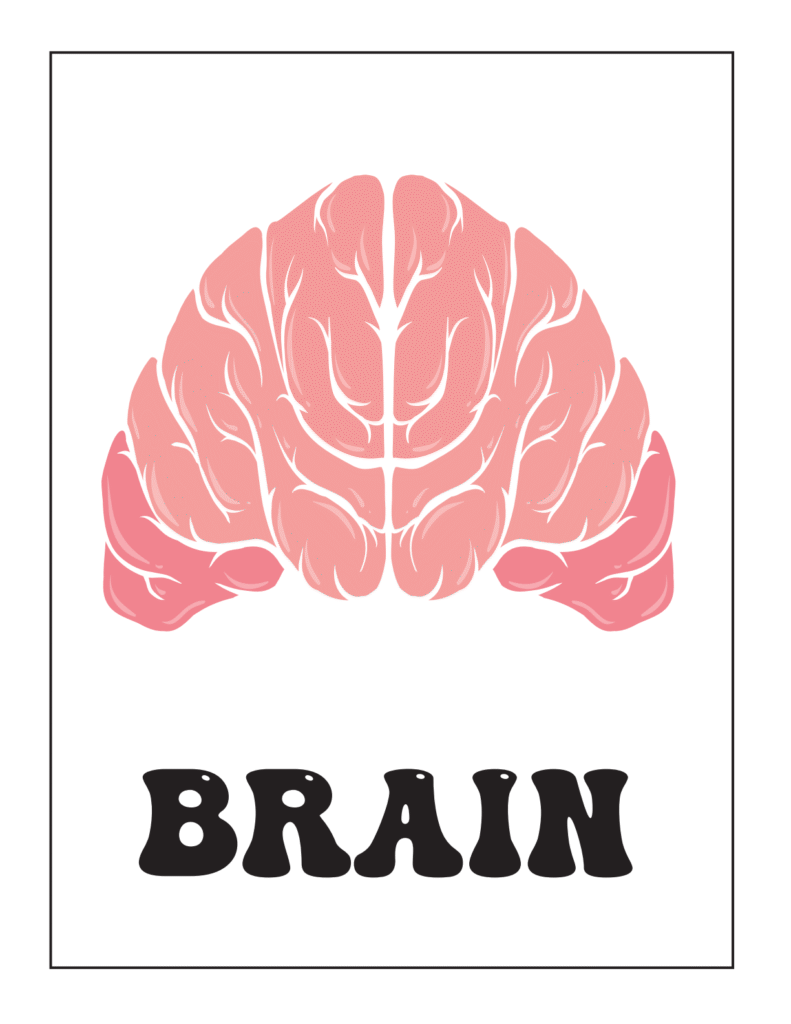
Human Body Systems: The Digestive System
Children love learning how food turns into energy. Teaching the digestive system with simple visuals can show them how eating fruits, vegetables, and water keeps their bodies healthy and strong.
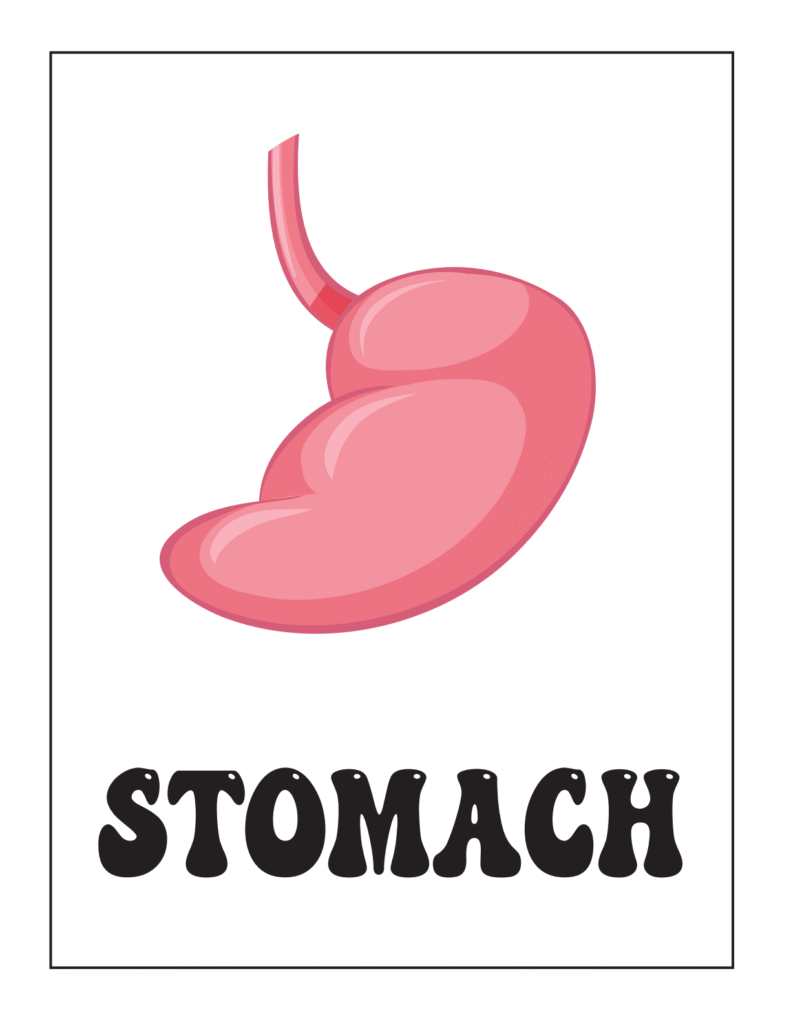
Human Body Systems: The Nervous System
The brain and nerves are like the body’s “command center.” In kindergarten, explaining that the brain helps us think, learn, and remember makes the nervous system relatable. Fun memory games can help illustrate its role in daily life.
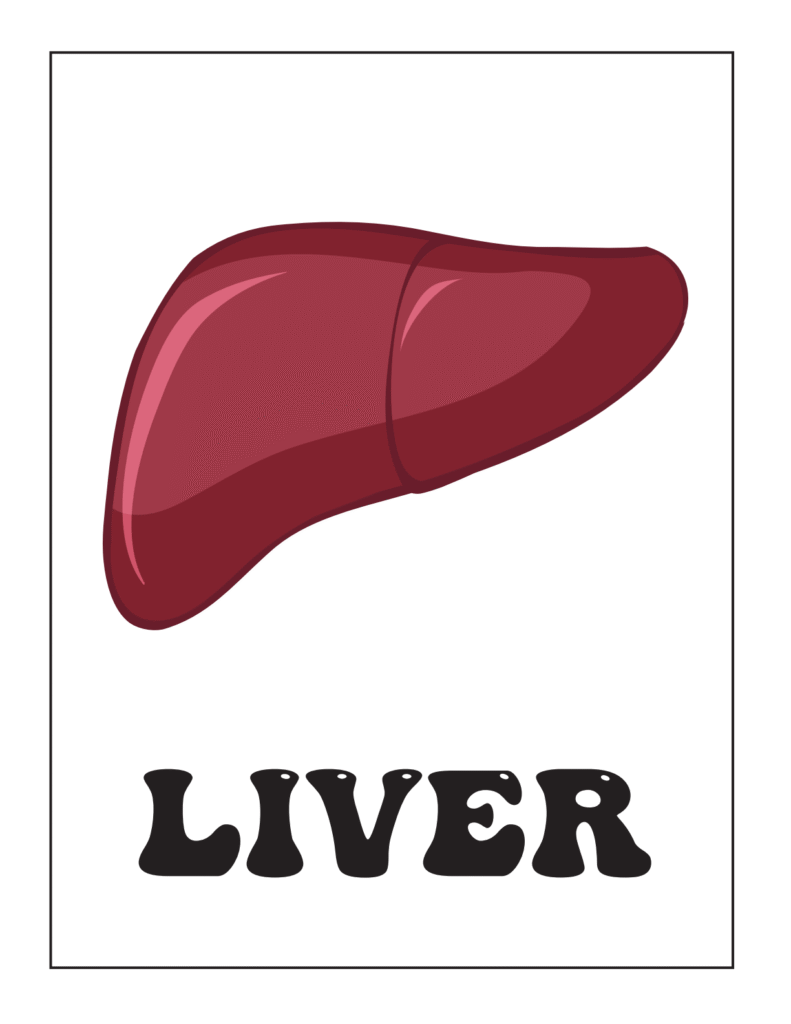
The Senses
Kindergarteners love activities involving sight, hearing, taste, touch, and smell. Teaching the five senses as part of human body systems helps children connect their experiences to the science of how their bodies work.
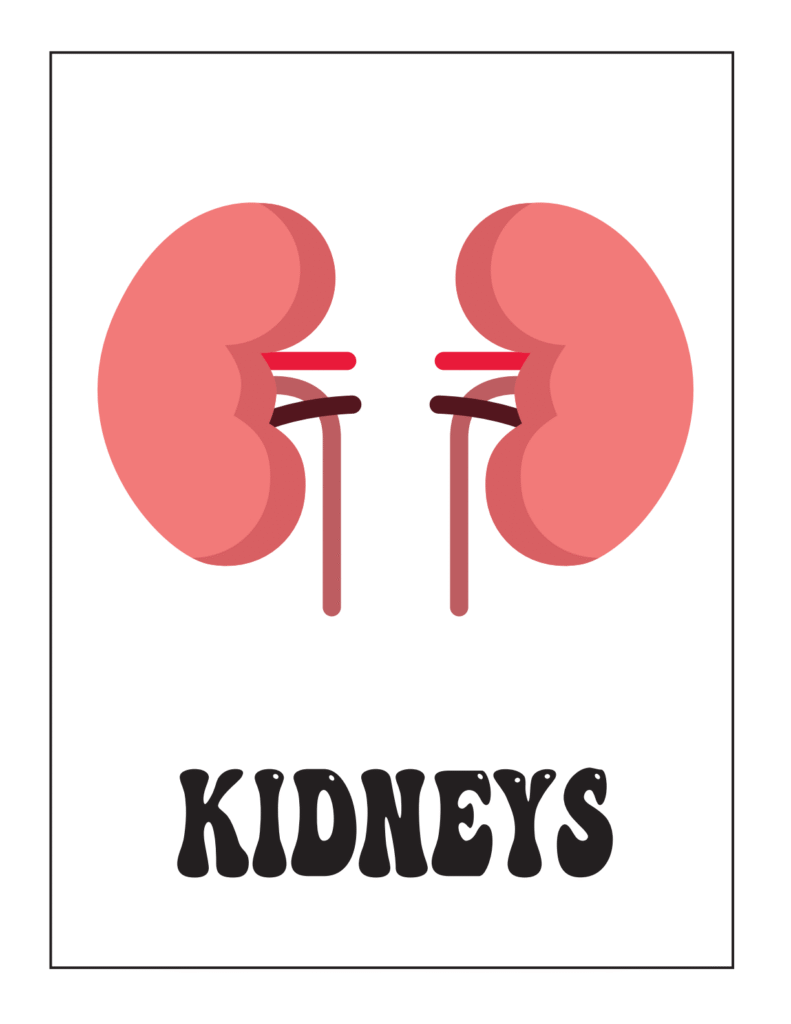
Complete PDF Resource for Teaching Human Body Systems
A human body systems PDF for kindergarten offers visuals, worksheets, and activities that teachers and parents can use. This makes lessons engaging, consistent, and easy to follow, ensuring children build strong scientific foundations from an early age.
